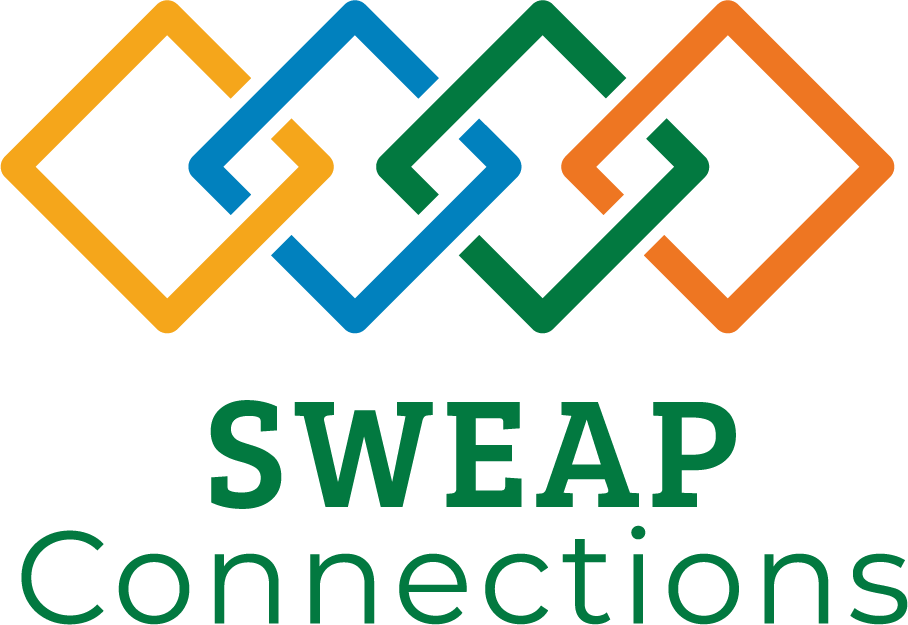While Diversity, Equality, Inclusion (DEI) has been an important initiative for many organizations over the past few years, this year brought an increased need for change in the workplace. In 2020, we saw an increased focus on diversity, equity, and inclusion programs that produced real results. Then, the coronavirus triggered concerns of an expanding pay gap, as many parents, mainly mothers, had to choose between work and childcare.
The business case for diversity and inclusion is stronger than ever. Research shows that the most diverse companies are more likely to outperform less-diverse peers on profitability.
In 2022, companies that prove to be leaders in their industries will be those who place a renewed focus on diversity, equity, and inclusion.
Initiatives include:
- Forming employee resource groups

- Following diversity recruiting best practices
- Focusing on equitable opportunities for all employees
- Creating more inclusive workplaces
However, some employees still feel left out of DEI initiatives, and even speculate that their presence is unwanted, or they are at a disadvantage because of them. In order for DEI initiatives to be most effective, all employees need to support them. In doing so, these efforts can benefit everyone.
It may be best to start with education and clear up some of the common misconceptions:
- “Diversity is about ethics and morality.” This is true, but it is also very much about the bottom line. Overall, companies in the bottom quartile for both gender and ethnic/cultural diversity were 29% less likely to achieve above-average profitability.
- “The bar is being lowered.” In reality, we are throwing out biases about what indicators are evidence of a high talent bar. Research shows diverse companies perform better, so the bar is really being raised, or at least, redefined.
- “Diversity is just about gender and race.” While race and gender are more obvious elements of diversity, diversity focuses on a variety of traits such as age, disability, sexual orientation, thinking style, cultural background, and marital status.
- “Diversity is a Human Resources responsibility.” While it’s common to find diversity initiatives led by Human Resources, organizations that are successful report that these initiatives must be fully embraced by leadership and cascade down through middle management.
It’s also important to remember that diversity and inclusion efforts should be tailored to the needs of each specific organization. While diversity efforts are typically focused on engaging underrepresented minorities within an organization, those groups can vary depending on the setting.
— Read more in SWEAP Connections 2021 Workforce Impacts and Trends

